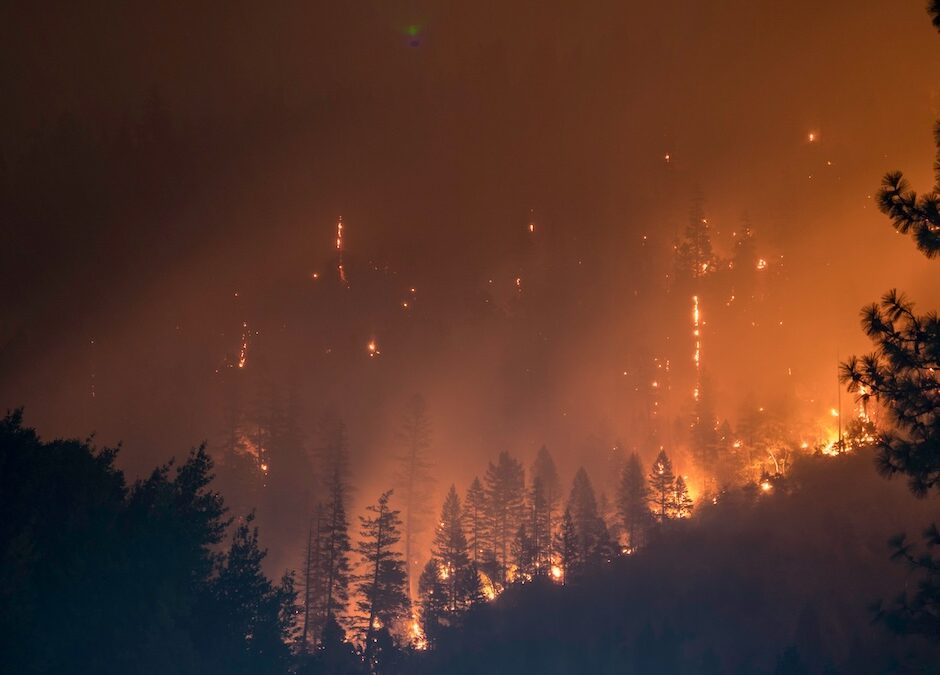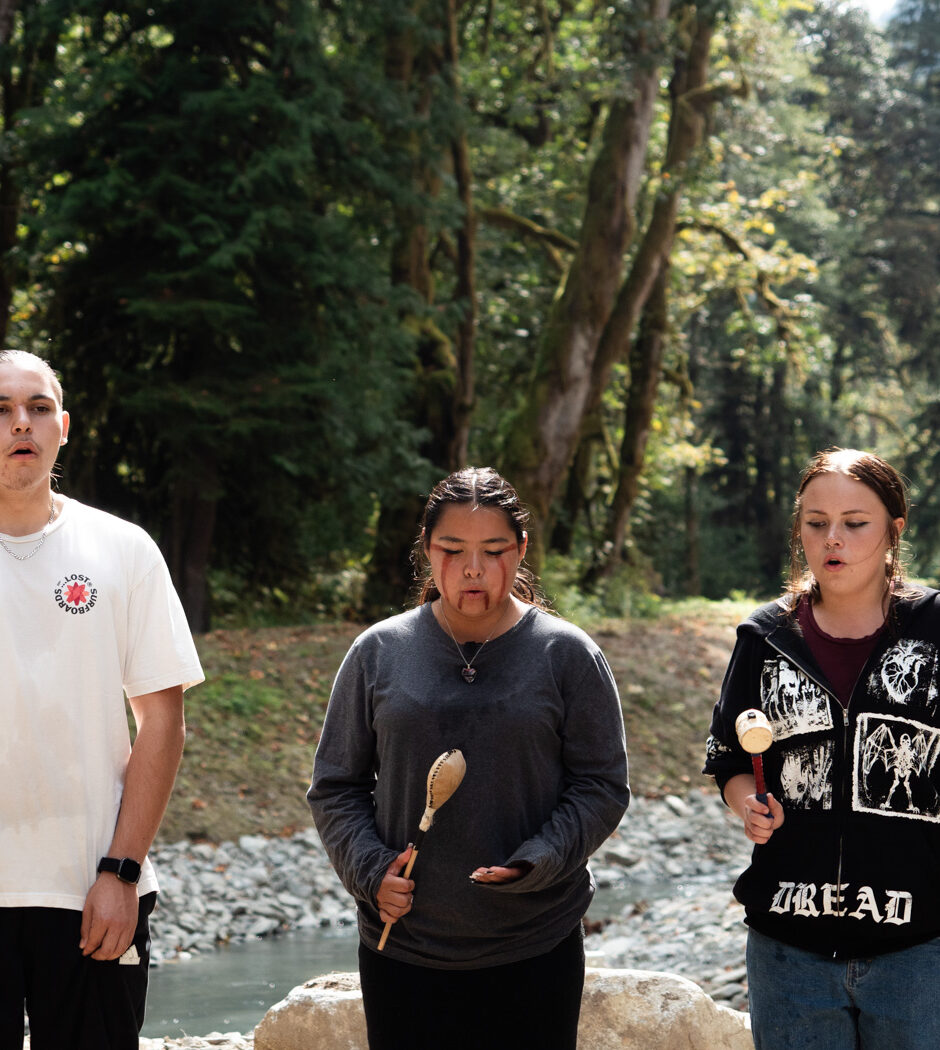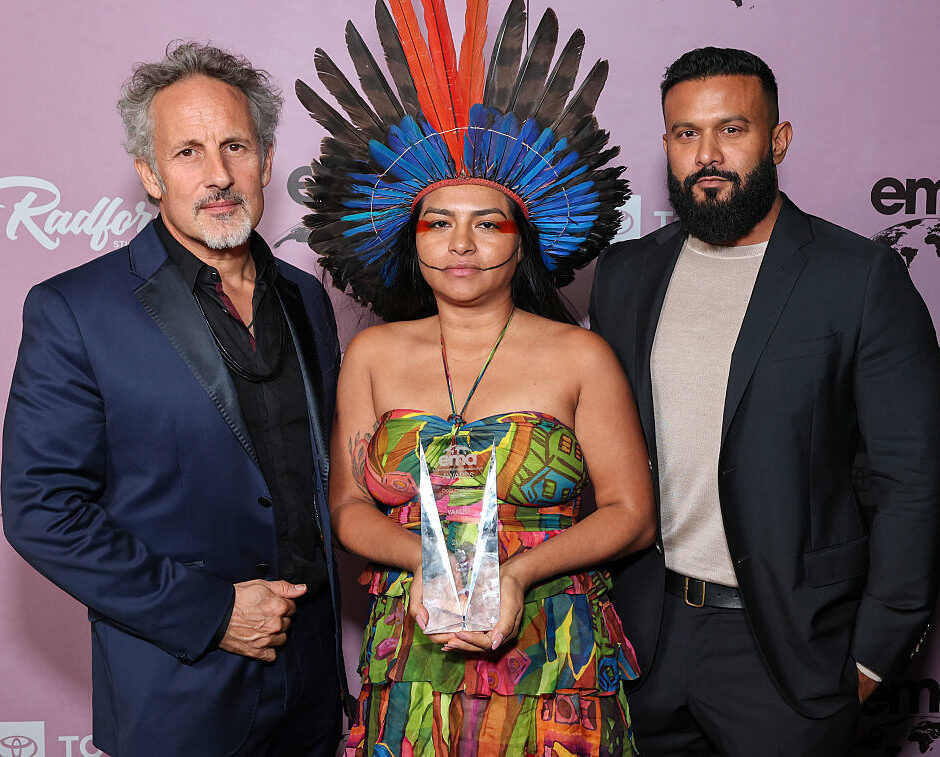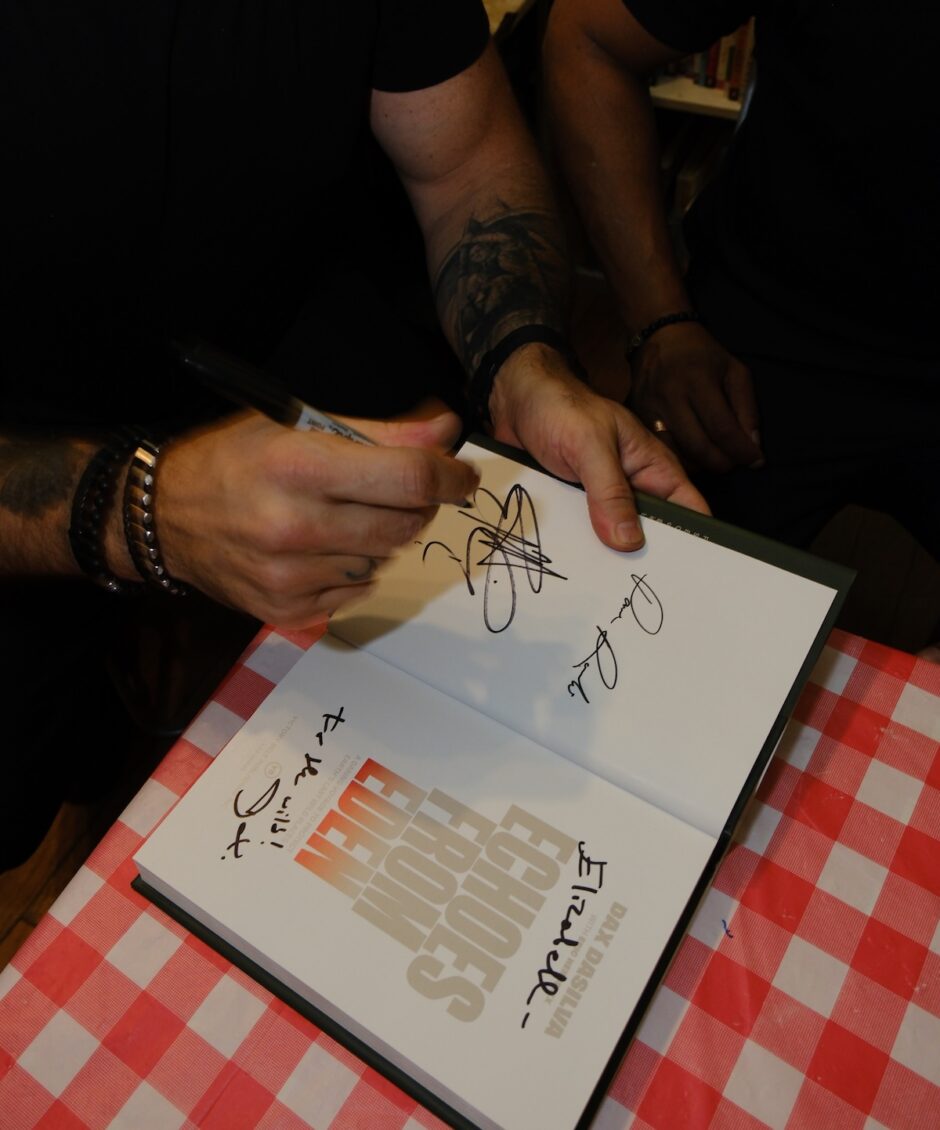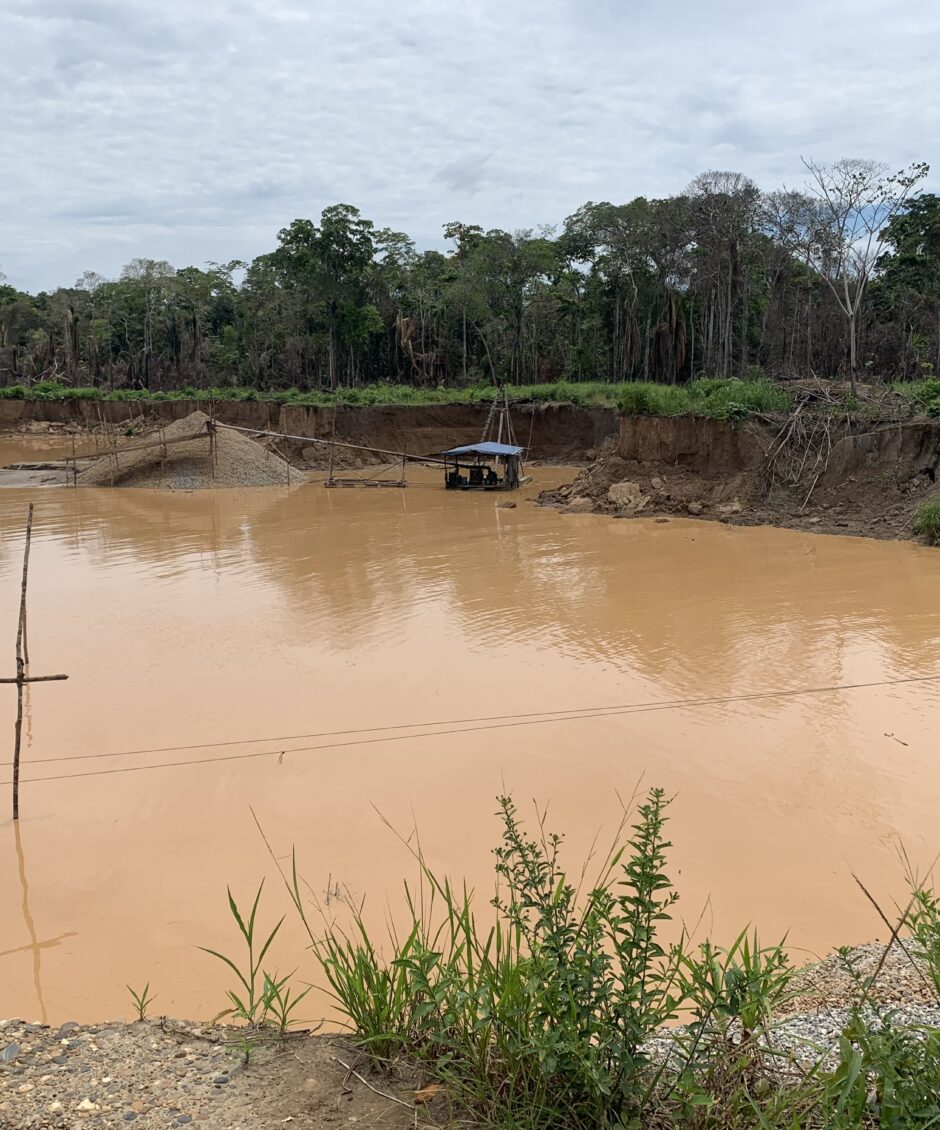The Rivers That Unite Us
Article
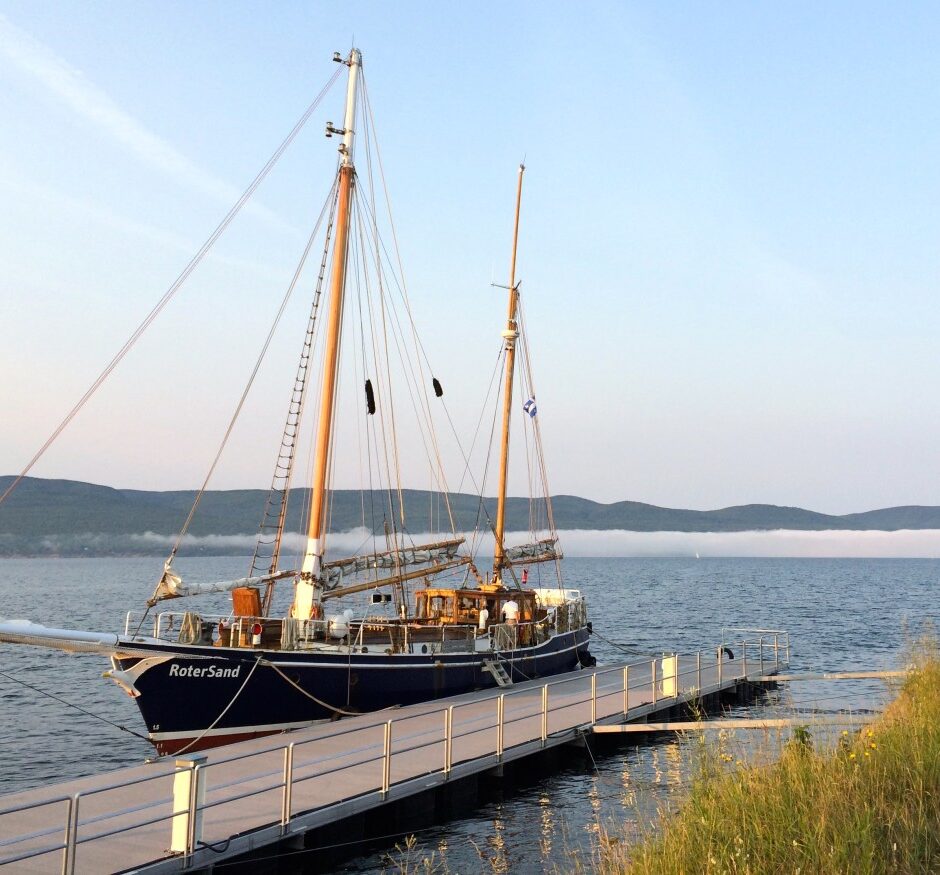
Simon Paquin is an experienced sailor and passionate instructor who created EcoMaris in 2006, a training sailboat for young people with the aim of raising awareness about ecosystem protection by observing firsthand marine life, from plankton to whales. In this article, Paquin shares with us his experience of travelling from the Amazon to the St.Lawrence River, reminding us that although they are in different countries, they are linked by the same current, the same wind, and above all, the same heart.
Author
Simon Paquin
Topics
RIVERS OF THE AMAZON FOREST (PERU)
Basking in the light of dawn, my feet on the ship’s dew-covered deck, a steaming hot cup of coffee in hand. The screams of howling macaques reverberate right into my chest. This isn’t a wake-up call; it’s an awakening. The strength of these vibrations fills me with life, fear, and hope. Far from the overcrowded city, macaques howl their joy, their freedom, their anger, their impulses: they are alive. If only humans could be (just) as alive. Just that. Only that. Living human beings. Being this truly alive, a near-revolutionary act at a time when sitting in front of a computer is the norm.
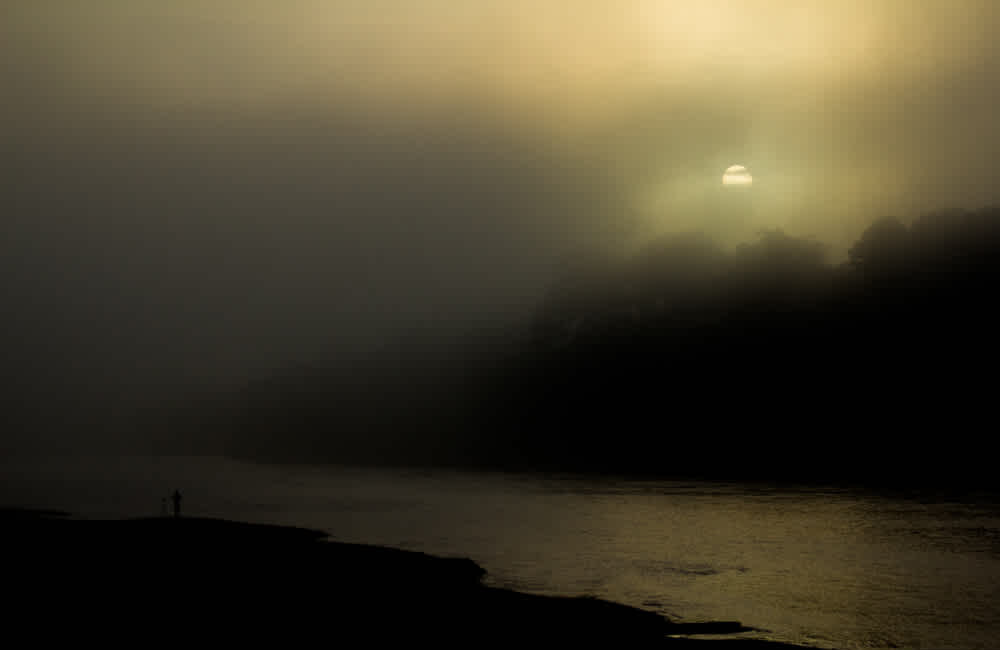
Life is a great movement but often lacks it. Water that stagnates becomes putrefied and nauseating, water that flows produces energy, fosters exchanges, and propels boats forward. Our life should be a movement in the great movement of life. That’s why I like boats: they allow for physical movement, which generates psychic movement. On the water, nothing stagnates — not the body, not the mind, not the heart.
Before weighing the anchor, we head into the forest, an area still rich in biodiversity. Among the breadth of Amazonian life, the most impressive are the ants, working in teams over hundreds of meters, from the treetops down to the ground. They form highways that can be spotted from afar and carry leaves eight times their size. Ants build but do not destroy; they work but do not harm each other. They live on top of one another and continue to collaborate. In short, I like boats, but I also like ants: I find them inspiring, a paragon of society.
Following a day hike in 100% humidity, during which we saw beautiful snakes, slow sloths, magical butterflies, crabs moving at full speed, and toucans in flight, we weigh the anchor and set out on the road to freedom.
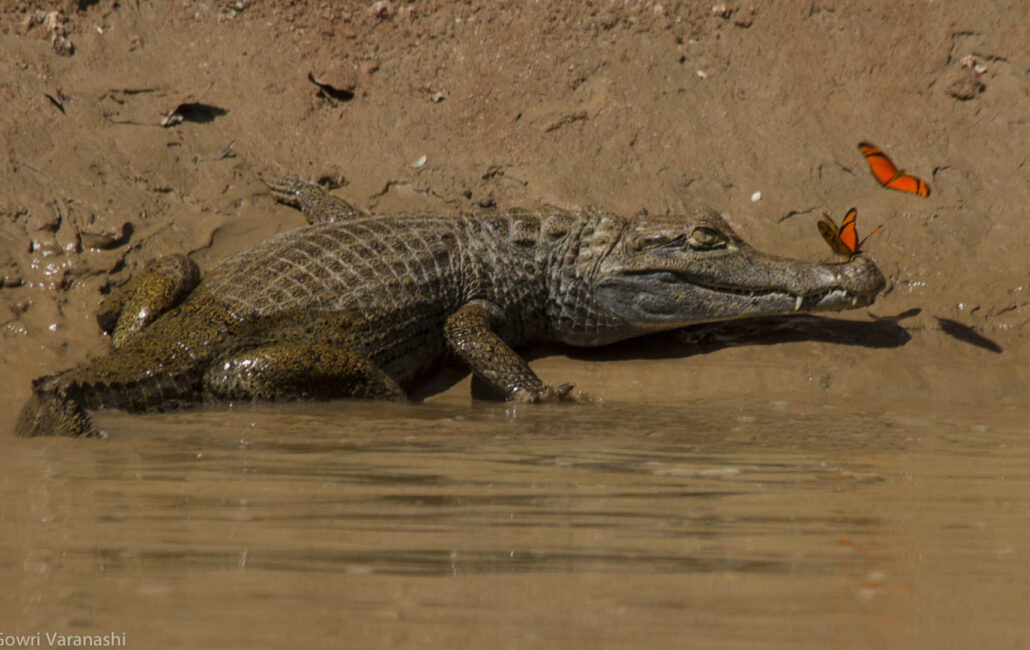
On the water, the Amazon River amazes me not only by the richness of its waters but also by its sweeping vistas and the vastness of its expanse. The sun sets on the upper river and yet there is only water, with no land in sight. It’s one of the wonderful things about sailing: you never feel as grounded on Earth as when you are out at sea. The scale is what makes all the difference: it brings us back to our smallness as human beings. It’s always good to put things in perspective — that’s what boats allow.
Lying on the deck, with my head in the stars, I forget my GPS coordinates — an amazing feat in and of itself. What is even more amazing is that once I forget about my surroundings and become fully immersed in the sky above, I could be anywhere. I’m a grain of sand in Tombouctou, I’m a leaf in the St. Lawrence River. I’m a giant to a copepod and a copepod to a hurricane. I’m here and now in the center of my universe, but on the outskirts of a galaxy that wanders through the universe. I’m everything to those who love me and I’m absolutely nothing to this Earth, which runs far more smoothly than the companies that inhabit it.
I search for the North Star, in vain. Far from the equator, the North Star is theoretically only visible on the horizon. Even so, I still manage to recognize some constellations that transport me to the deck of another ship to the North.
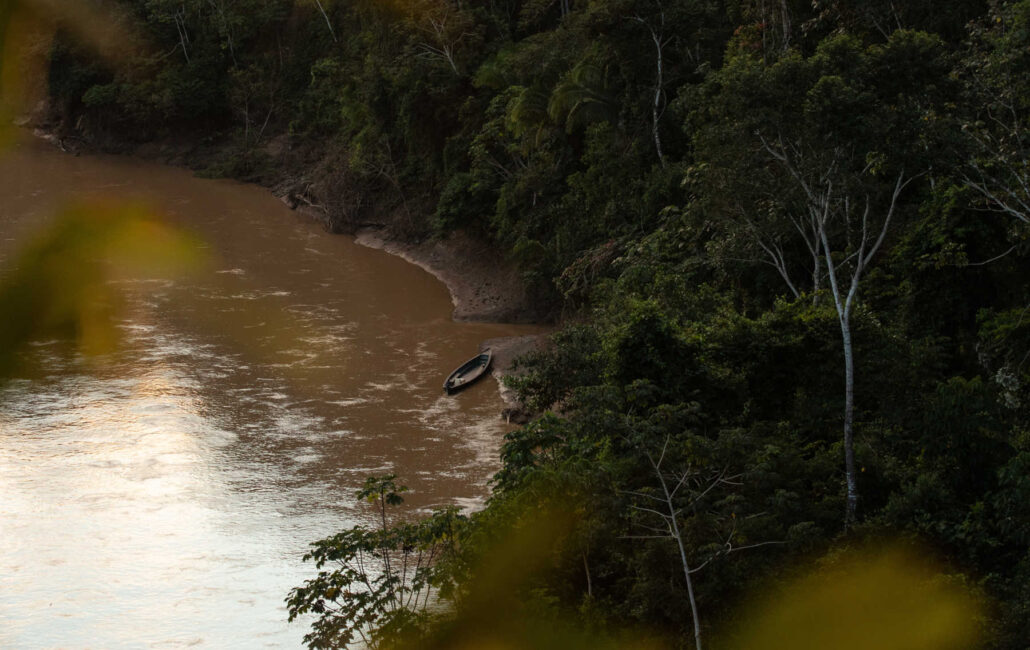
ST. LAWRENCE RIVER (CANADA)
Basking in the light of dawn, my feet on the dew-covered deck of the ship, steaming hot coffee in hand. This time, the whistling of the wind under the puffins’ wings gently awakens my wandering soul. In the land of wind, in Coacoachou Bay (“crow,” in Innu language), far from cities and their deafening jackhammers and anxious horns, silence is king. Such silence is good for the soul; it is a breath of fresh air on the mind. It lets the mental dust settle to the bottom, below a crystal-clear surface. Why must we always talk? To prove that we exist? To satisfy our ego. Silence, this wondrous thing that we rarely listen to, can reveal unexpected secrets and even answers.
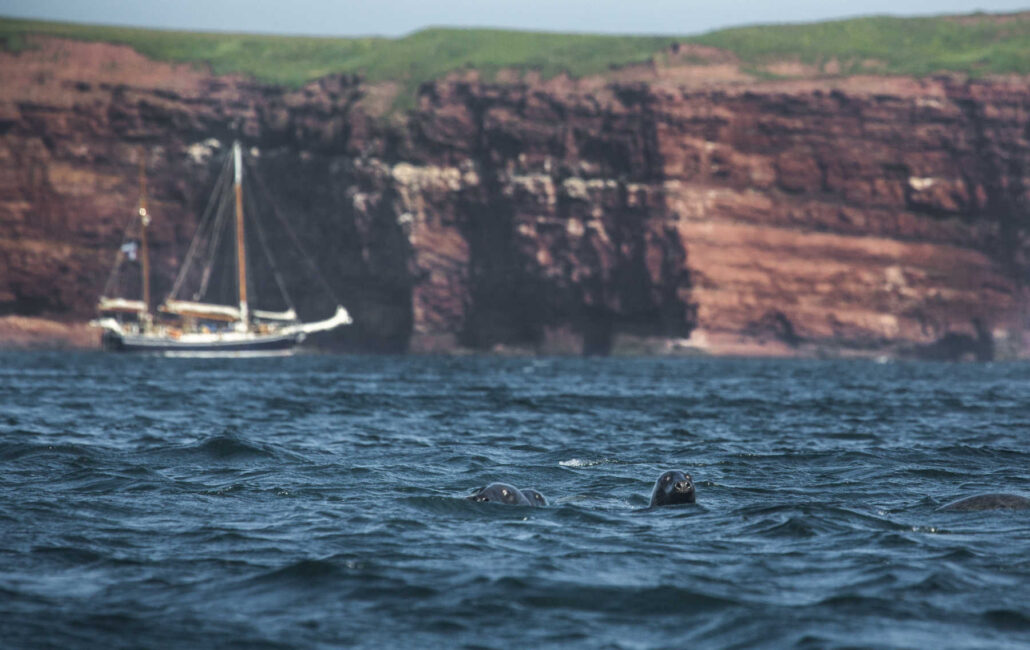
On the Saint-Lawrence river, the wind initiates the movement. This one teaches us to follow it, wait for it, hear it, yearn for it, and respect it. It pushes us forward and sweeps away any excess out of our lives. It generates inner movement. That’s why we sail, to listen to the wind, to talk to each other in silence.
Before weighing the anchor, we head into the tundra. Here, tranquillity is a part of life. There are still places on this earth where landscapes supersede screens. Foraging for crowberries while climbing the rocky peak overlooking the bay. Watching a mink catch capelin to bring back to its young. Tracking a fox through its droppings and the hare’s fur found within it. The simplicity and purity we find in the contemplation of the beauty that surrounds us should be found everywhere.
Following a day hike where we picked mushrooms, cranberries, cloudberries, juniper, blueberries, samphire, sea cockles, sea parsley, Mertensia, and sea plantain, we set back on a wind-carved path. The very sight of the Saint-Lawrence river is confounding. We could be in Brittany, in a Norwegian fjord, on a virgin island in the West Indies, but no matter the country, we are on the ocean, on Earth.

The St. Lawrence River is an inland region where our environmental riches flow. There, powerful currents create something akin to a living soup, feeding whales migrating from South to North. Even more impressive than these currents is the St. Lawrence wind. The one who gently nudges the halyard of a sailboat at anchor is the same that will come and tear your mainsail to pieces, were you to fail in showing humility. The wind that propels the small puffin may have already stroked the wing of the albatross somewhere in the Pacific. It has no borders; it travels where it pleases at the speed it pleases, but above all, it unites us.
Like Amazonian currents that shift sandbanks, the wind shapes coasts, moves clouds, and reminds us how small we all are. I love the wind; at times gentle and at times violent, it cajoles, it destroys, but it also brings life.
Loaded with sand from the Sahara, the Harmattan carries with its northwesterly gusts tons of phosphorus, which, ultimately, fertilizes the Amazonian soil. Like the stars, the wind brings forward a scope far greater than ours.

TWO RIVERS, ONE HEART
The St. Lawrence and the Amazon are one and the same. One in the South, the other in the North; one where you freeze, the other where you fry, but their essence is identical. They are places in movement — places that create life, as much in the cries as in the silences, through water or wind. In the South, people eat açaí; in the North, blueberries. In the South, people fish pirarucu; in the North, cod. In the South, gigantic trees bask in the blazing sun; in the North, shrubs fight against the cold and grow into shapes dictated by the wind.
This is simply anecdotal; what matters is movement. Movement unites everything: the Sahara and the Amazon through wind, Florida and Iceland through currents, the Southern and Northern Hemispheres through star constellations, and, simultaneously, it unites all humans who contemplate them through their eyes and their hearts.
Time is all we really have. Let’s take this time, let’s take the time, let’s take our time and, like the ocean, let’s create some real movement.
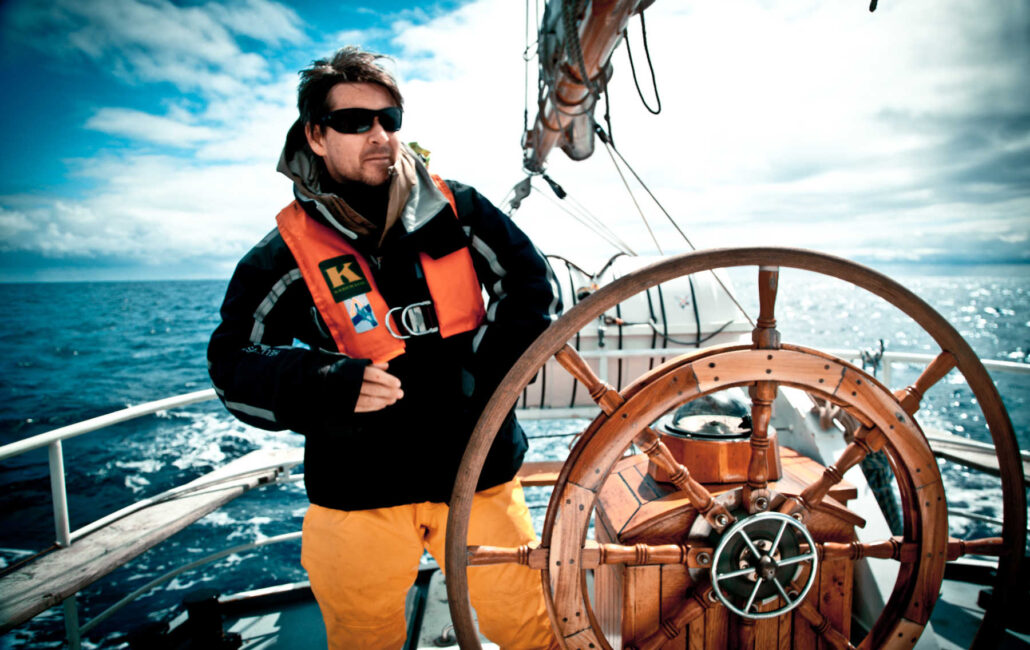
Credits
Photo 1 to 4: Paul Rosolie.
Photo 5 to 8: Ecomaris.
Topics
Article written by
Simon Paquin
Amoureux de la mer et marin depuis l'âge de 19 ans, Simon Paquin a enseigné la plongée sous-marine en Martinique, navigué sur de petits et grands bateaux, en équipage et en solitaire, comme skipper, instructeur et pêcheur, tant aux Antilles qu'en Atlantique, en Méditerranée et dans le Pacifique Nord. Ce moniteur passionné au parcours atypique a étudié la psychopédagogie, la communication et la gestion de projet, pour finalement fonder EcoMaris en 2006 afin de réaliser son rêve de former des personnes à la navigation et à la découverte de l'écosystème du fleuve Saint-Laurent.
Related
articles
America, Asia, News
What More Intense Wildfire Seasons Mean For People and the Planet
America, Project
Uniting Katzie Indigenous Knowledge and Science to Restore the Pitt River Watershed
Project
More articles
News
Age of Union Marks 4 Years of Global Conservation Wins As COP30 Commences in Brazil
News, Other
‘Echoes from Eden’ Book Tour Connects Readers to Urgent Stories of Conservation
Explainer, South America
In the Amazon, Gold Mining Leaves a Toxic Trail
America, Asia, News
What More Intense Wildfire Seasons Mean For People and the Planet
Film
